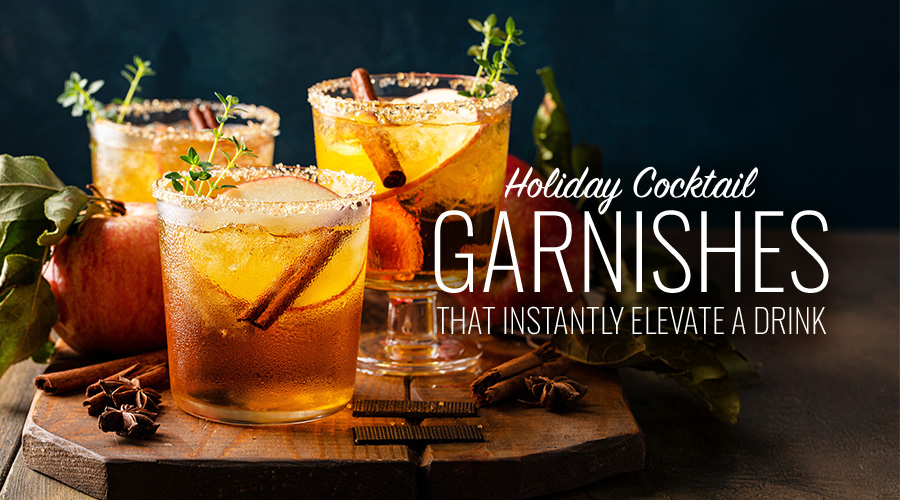
It’s still prime grilling season (outside of the occasional tropical depression) and that coupled with Oktoberfest means lots of flame-kissed meats! Whether you’re serving dogs in buns, sausage links or bigger cuts, a good mustard is something you should absolutely have at hand. So, is there a “better” mustard for certain things? What makes them different? It’s time to take a quick bite into this centuries old condiment.
Mustard is a mix of mustard seeds and liquid that’s ground into a paste of various textures. The differences in mustards are the types of seeds (yellow, brown or black) and liquids used. Both the seeds and the liquid help to determine mustard’s pungency and heat.
Types of Mustard
Here’s a breakdown of a couple of “classic” styles:
Yellow
The squeeze bottle we all grew up with. The highlighter yellow color comes from the use of yellow mustard seeds and turmeric. There’s not much pungency here, but a good yellow mustard should still have a clean, sharp mustard flavor. That lack of pungency makes yellow mustard the all-purpose product in everyone’s refrigerator.
Spicy Brown
As the name suggests, this is made with brown mustard seeds, which are spicier than yellow seeds, and are treated in a way that brings out some of that nose-scorching heat. Increased pungency helps this mustard stand up against other more strongly flavored items like those grilled sausages or some Texas barbecue at your backyard Oktoberfest
Dijon
This is a style of brown mustard originated in 1865 by Jean Naigeon, a mustard maker from Dijon. It’s got a smooth texture and increased pungency. Naigeon used verjuice, or unripe grape juice, instead of vinegar in his original recipe. The lower acidity, versus straight vinegar, is the reason for a more intense mustard heat.. Today, most Dijon mustards are made with things like white wine. Its sharper and stronger flavor can add more punch in places where yellow mustard just isn’t cutting it.
Whole Grain
Whole grain isn’t necessarily a style, but it usually follows a formulation similar to Dijon. The use of wine or beer as the liquid, as well as the addition of brown and/or black seeds, makes many whole grain mustards delightfully intense. The soak in liquid softens the seeds, but a less thorough grinding leaves many of them intact creating a heartier experience that’s ideal over other styles for most grilled or barbecued meat.
German
Like Whole Grain, “German” isn’t a style. The designation usually suggests a mix of yellow and brown mustard seeds in a medium-hot style like the Spicy Brown abov
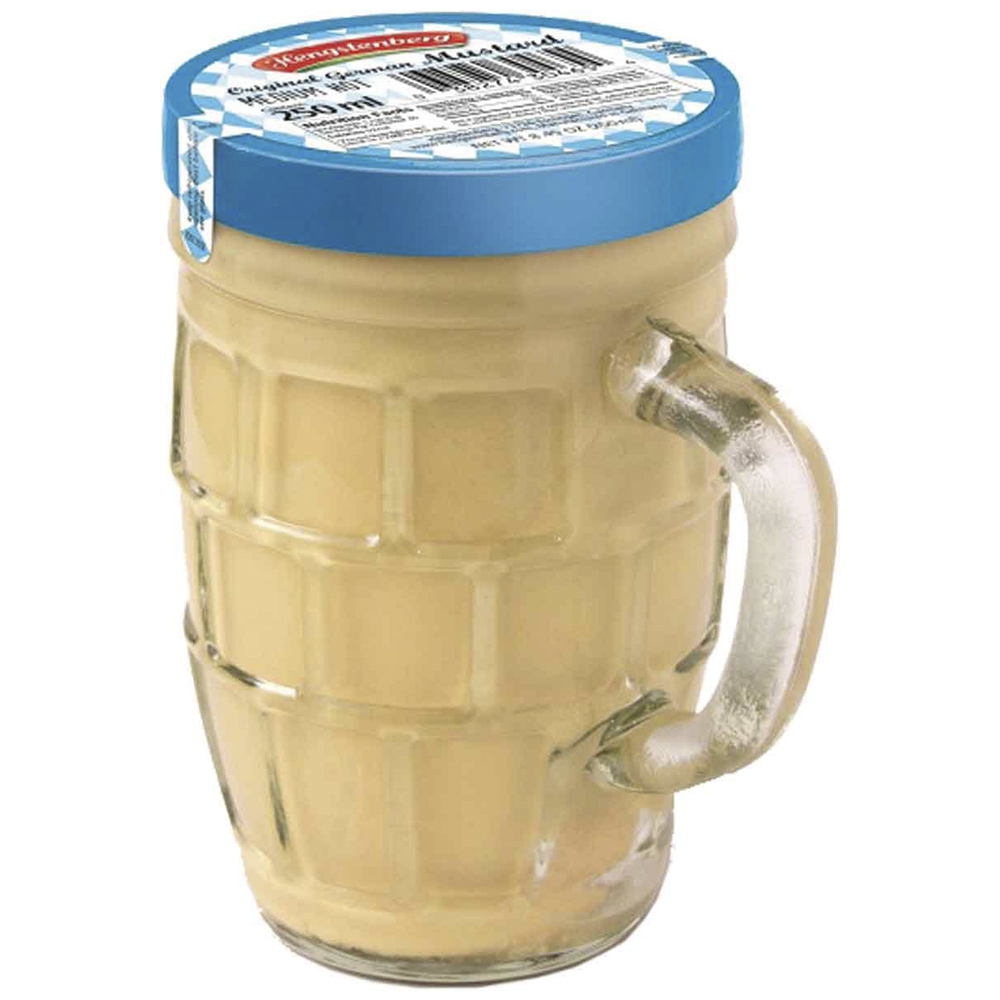
Hengstenberg German Mustard
A medium hot German mustard in a unique beer mug. This mustard has a creamy consistency and pleasant flavor. The perfect addition to your Texas-backyard Oktoberfest!
Beer & Mustard Pairings
What about some beer? Keeping to the backyard Oktoberfest, let’s work with sausages and spicy brown mustard…
The Beers
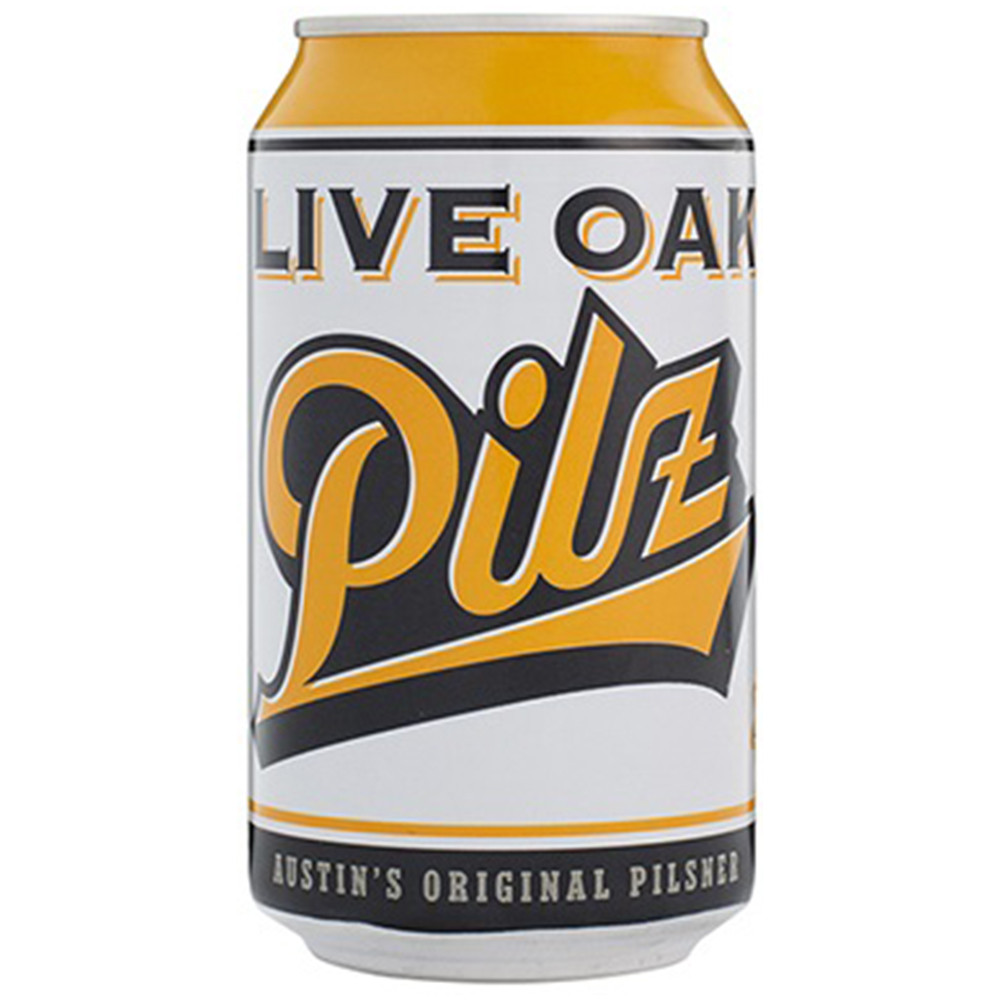
Pilz (Czech-style Pilsner, 4.7% ABV)
Live Oak Brewing Company (Del Valle, Texas)
This Czech, rather than German, style pilsner has a heftier malt backbone to stand up to the flavor and richness of whatever you’ve got coming off the grill or out of the smoker. The herbal European hops used here will pair nicely with the bright, sharp flavors of good mustard.
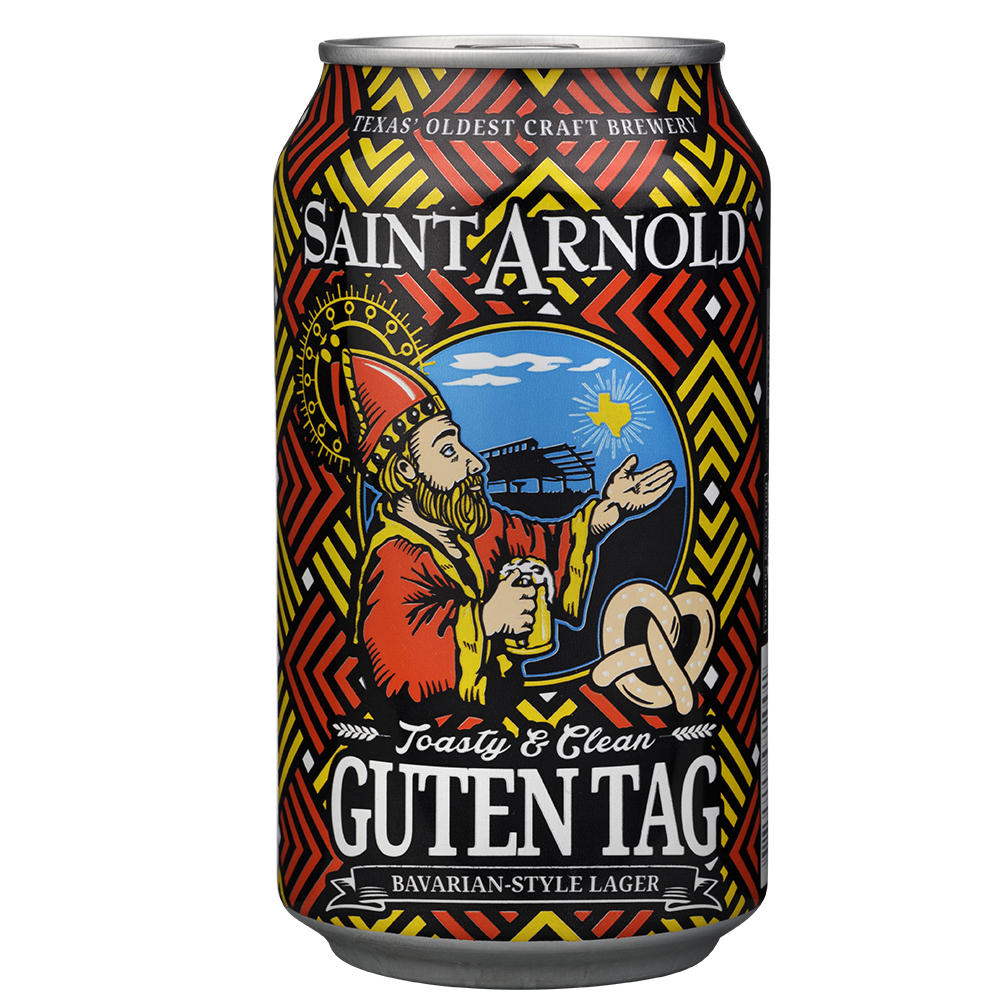
Guten Tag (Marzen, 5.8% ABV)
Saint Arnold Brewing Company (Houston, Texas)
This is the sort of beer that this time of year is about! It’s a traditional marzen, “Oktoberfest”, style of beer, so clean amber lager with the perfect amount of toasted grain flavors and firm, fresh hop bitterness. It’s versatile and works with just about anything you can throw at it.
Saint Arnold has brewed before this before as an Icon Red and are now bringing back year-round. It’s just started shipping out, so start looking on our shelves near you next time you’re out.
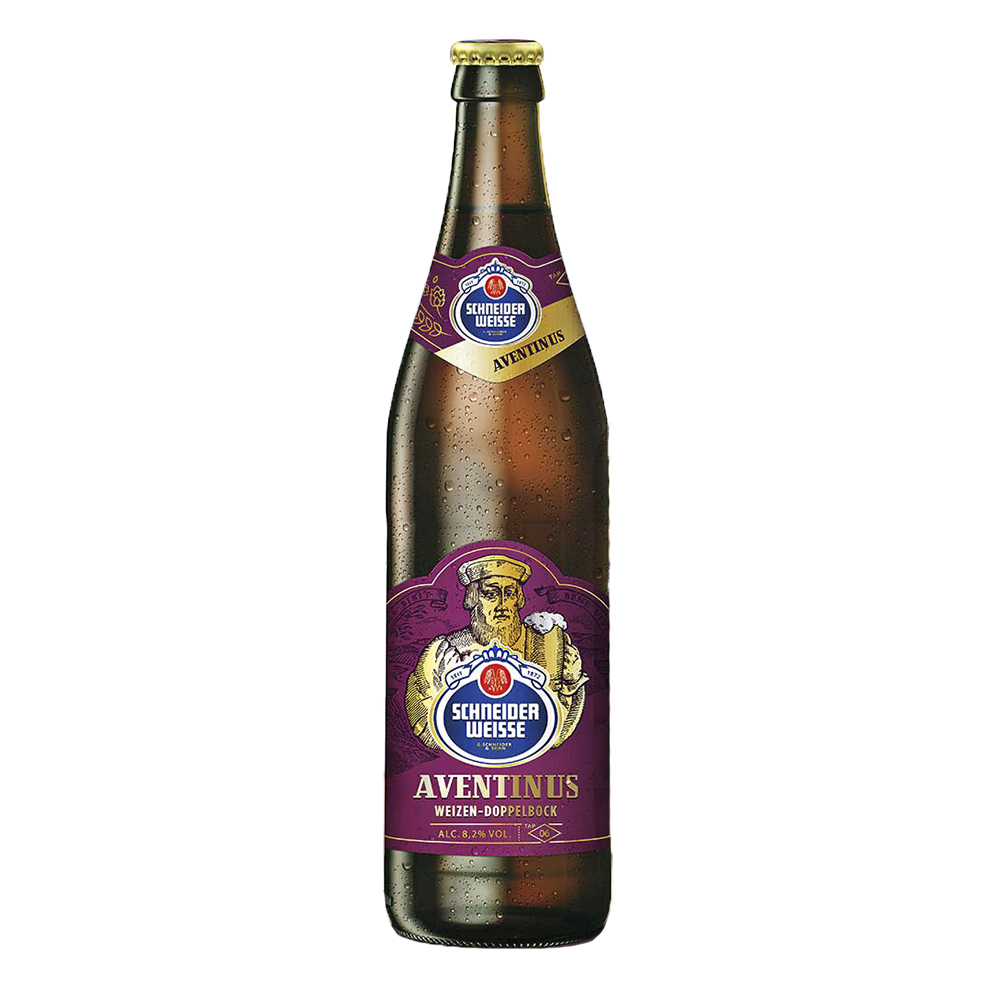
Aventinus (Weizenbock, 8.2% ABV)
Weisses Bräuhaus G. Schneider & Sohn (Kelheim, Germany)
I’ve always got to include a “curveball” and this beautiful strong, dark German wheat beer stuck out in my mind as the one to use. The flavor is similar to the rich, boozy dark fruit of a Belgian Strong Dark Ale, like Chimay Grand Reserve (Blue), but tinged with the familiar banana/clove aromatics of a German hefeweizen. The added richness and dark fruit flavor play so beautifully with smoke and char in food, and the touch of sweetness will temper the spiciest of mustards.


